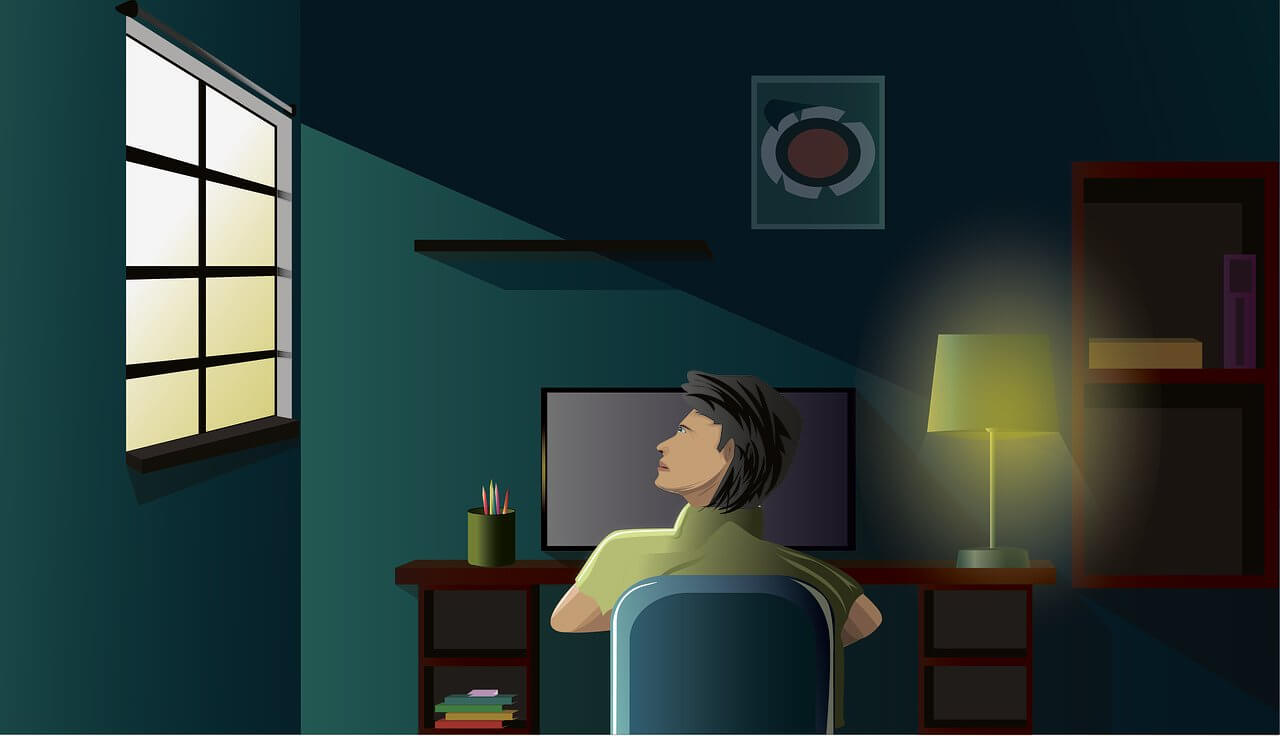How to Teach Phonics to Children?
This blog post may contain affiliate links. If we find a product or service to be useful, we encourage you to visit the website via that link. If you make a purchase through our referral link, we may receive a commission. Rest assured, you will not be charged any additional fees. By using these links, you can support us while making your purchase. For more information visit here.
The essential process of introducing children to phonics and phonics awareness involves learning the alphabet and letter sounds. You teach children to create (or blend) words, make different letter sounds, and follow sentences and accessible stories. You may call it instructing children about phonics. Let’s take a look at how to teach phonics to children.
It can be a logical progression for youngsters learning to read, developing pronunciation accuracy, and decoding words. This method of teaching also helps kids to spell correctly. Gradually, individual phonetic elements are led to creative annotations using this process and discovering new words by the child, which becomes an “automatic reflex.”
How to teach phonics to children?
Teaching phonics to children should take 10 to fifteen minutes daily. These “lessons” should happen over several short sessions every day – like 4 or 5 sessions lasting 3 to five minutes each. The lesson could also be longer; however, each session requires several minutes.
One way to start teaching phonics to children with ear training is to help them understand that words are made from small units of sounds or referred to as sounds, and after you add these sounds, a story is created. You can start with a short session, as mentioned. It needs some time during the day. The key, however, is consistency and patience.
During these short sessions, repeat the words slowly and clearly. You’ll also try this without telling the child that you’re just trying to show them. Take your child’s words daily and include verbal sentences in their sentences. For instance, if you want to ask your child to drink his milk, you’ll say: “Joe, D-R-I-N-K your M-ILK.”
Drink and milk are spoken slowly and clearly. You can adjust the degree of sound dissociation to increase or decrease the problem. As a result, if Joe is having trouble remembering that D-R-I-N-K indicates drinking, you can simplify the situation by combining the word drinking with the word drink.

Alternatively, you might choose individual words and play a blended sound with your child. You tell the story slowly and try to guess what you’re saying to the person watching. This concept of words with different sounds can be difficult for your child to grasp in the beginning. Some children will pick it up quickly, while others may take longer. However, one certainty is that if you stick to it, your child will catch up.
Below are some sample words you’ll use to blend in together with your child.
Jump jump
run Run
S-it s-it
S-t-a-n-d st-more
M-i-l-k M-ilk
hold on hold on
The first word is more fragmented than the second word, and it’ll be more difficult to extract sound from it. Please note that hyphens are used to indicate letter sounds rather than slashes.
I.e. J-U-M-P / J / U / M / P / P /
It is done to make things easier to read. However, once you read it, you don’t have to pronounce the letters’ names but say the letters’ sounds.

Even after your child understands this idea, this sort of ear training for phonics and phonics awareness should continue during the training process. It may be applied to words of increasing difficulty. Again, please always keep in mind that not all children can easily mix sounds to listen to a story, so you need to wait and drill for days, weeks, or months if necessary.
Consistency and frequency are the keys to success here, not sporadic bilingual sessions.
If you wish to be told a few simple step-by-step programs designed to show your children, you may move forward. In addition, we look forward to hearing your opinion through the comments. If you like this program, please tell us. Thank you for reading this article. You may send us your suggestions or experiences in the comments, and we will feel glad.
Understanding the importance of copyright law is absolutely vital, as it strictly prohibits any reproduction or replication of works without the explicit permission of the author. Any unauthorized duplication of content will lead to legal action for copyright infringement under Section 14 of the Copyright Act.











